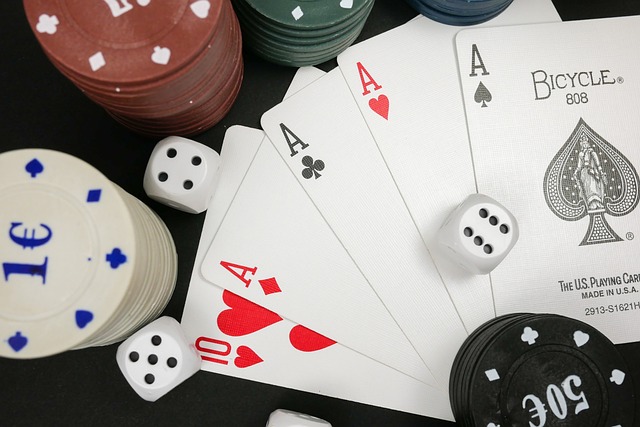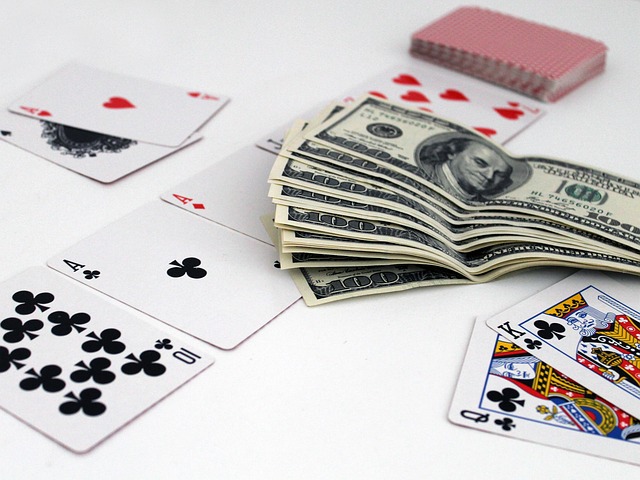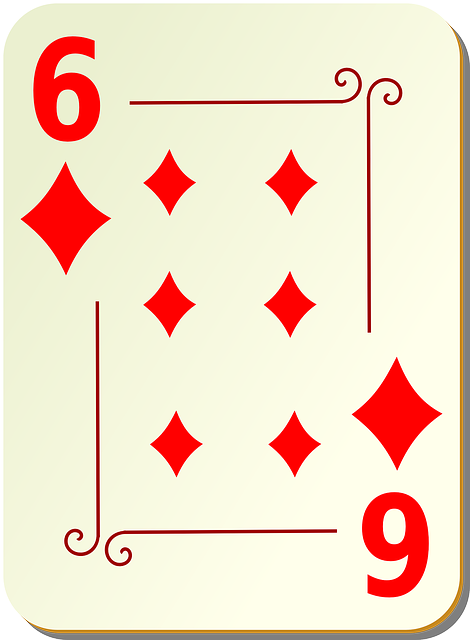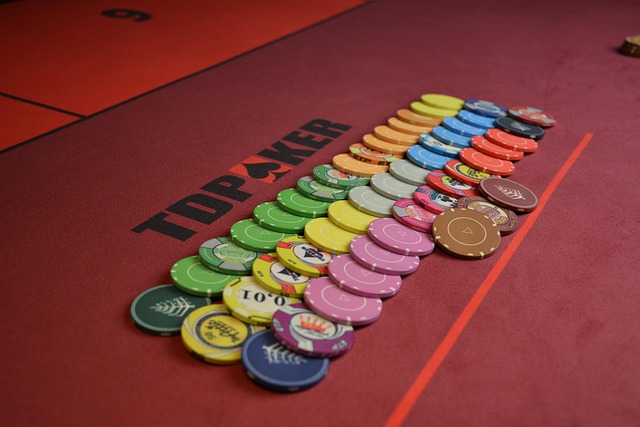The poker room rake, a percentage taken from each hand or tournament pot, is crucial for the operational costs and sustainability of Poker Rooms. While online rooms typically charge 2-5%, live casinos may impose higher rakes. Understanding these structures helps players make strategic decisions, especially in high-stakes games. Dynamic rake adjustments based on game type or promotions create a flexible environment. Players can mitigate the impact of high rakes by choosing favorable rooms, participating in smaller tournaments, and calculating cost-per-hour play against potential winnings.
“Uncover the intricate world of Poker Room Rake—a crucial aspect often overlooked by players. This comprehensive guide aims to demystify the fees and mechanics behind this poker industry practice, providing an in-depth look at its impact on players’ strategies and experiences. From understanding how poker rooms generate revenue to exploring cost-saving tactics, this article offers valuable insights for both novice and seasoned enthusiasts. Dive into these key topics to navigate poker rooms with enhanced knowledge.”
- Understanding Poker Room Rake: A Comprehensive Overview
- How Poker Room Rake Works: The Mechanics Behind the Fees
- Impact of Rake on Poker Players and Strategies to Minimize Costs
Understanding Poker Room Rake: A Comprehensive Overview
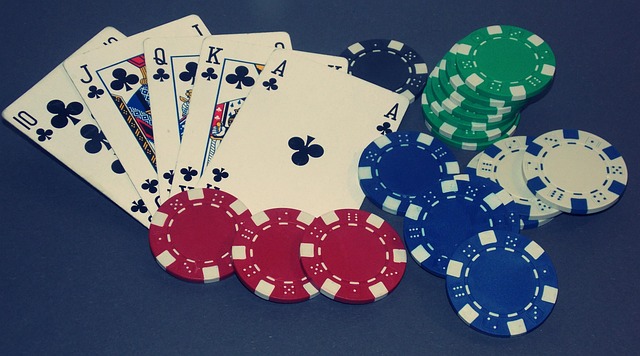
Poker room rake is a fundamental concept that plays a crucial role in the dynamics of online and live poker rooms. Understanding this fee structure is essential for both players and operators alike, as it directly impacts the overall gaming experience and revenue generation within Poker Rooms. In simple terms, the rake is a percentage taken by the poker room from each hand or tournament played, serving as a cost to participate in these games.
This fee is designed to cover operational costs, attract more players, and ensure the sustainability of the platform. The structure varies across different platforms, with online poker rooms typically charging a small percentage (around 2-5%) of the total pot, while live casinos might impose higher rakes. Players should be aware of these charges, as they can significantly impact their overall profits or losses over time. A comprehensive understanding of rake structures allows players to make informed decisions about game selection and strategy, especially in high-stakes games where even small variations in rake can lead to substantial differences in revenue.
How Poker Room Rake Works: The Mechanics Behind the Fees

In the competitive world of Poker Rooms, the rake acts as a crucial mechanism that funds various operational costs and ensures the game remains engaging for players. Simply put, the rake is a fee deducted from each hand or tournament played, typically a small percentage of the total pot. This fee is not just a simple charge; it’s the lifeblood that sustains the Poker Rooms, enabling them to provide a platform for players to compete and enjoy the game.
The mechanics are straightforward: when a player makes a bet in a hand or registers for a tournament, a portion of their stake is taken as rake by the Poker Room. This fee is then used to cover costs such as server maintenance, software development, security, and staff salaries. Interestingly, some Poker Rooms offer dynamic rake structures, adjusting the percentage based on game type, player volume, or even specific promotions, creating a dynamic environment that caters to both players and the platform’s financial health.
Impact of Rake on Poker Players and Strategies to Minimize Costs

The poker room rake, a small percentage taken from each hand played, significantly influences the experience for both casual and professional players. While it’s a necessary fee that funds the operation of Poker Rooms and their associated services, high rakes can disincentivize play or force players to adjust their strategies. For instance, aggressive players who rely on frequent hands to sustain their playthrough might need to reevaluate their approach in rooms with substantial rakes.
To mitigate these costs, players can employ several strategies. One effective method is choosing Poker Rooms that offer more favorable rake structures, especially those with lower percentages or special promotions for high-volume players. Additionally, playing in tournaments with smaller buy-ins relative to the average pot size can reduce individual hand contributions. Players should also consider the overall cost per hour of play, evaluating the rake against potential winnings to ensure a positive return.
Poker room rake is a key factor that influences the overall experience and profitability for players in online poker rooms. By understanding how these fees work, players can make informed decisions to optimize their strategies and minimize costs. As the competitive landscape of poker rooms continues to evolve, staying aware of rake structures is essential for success in this dynamic environment.



